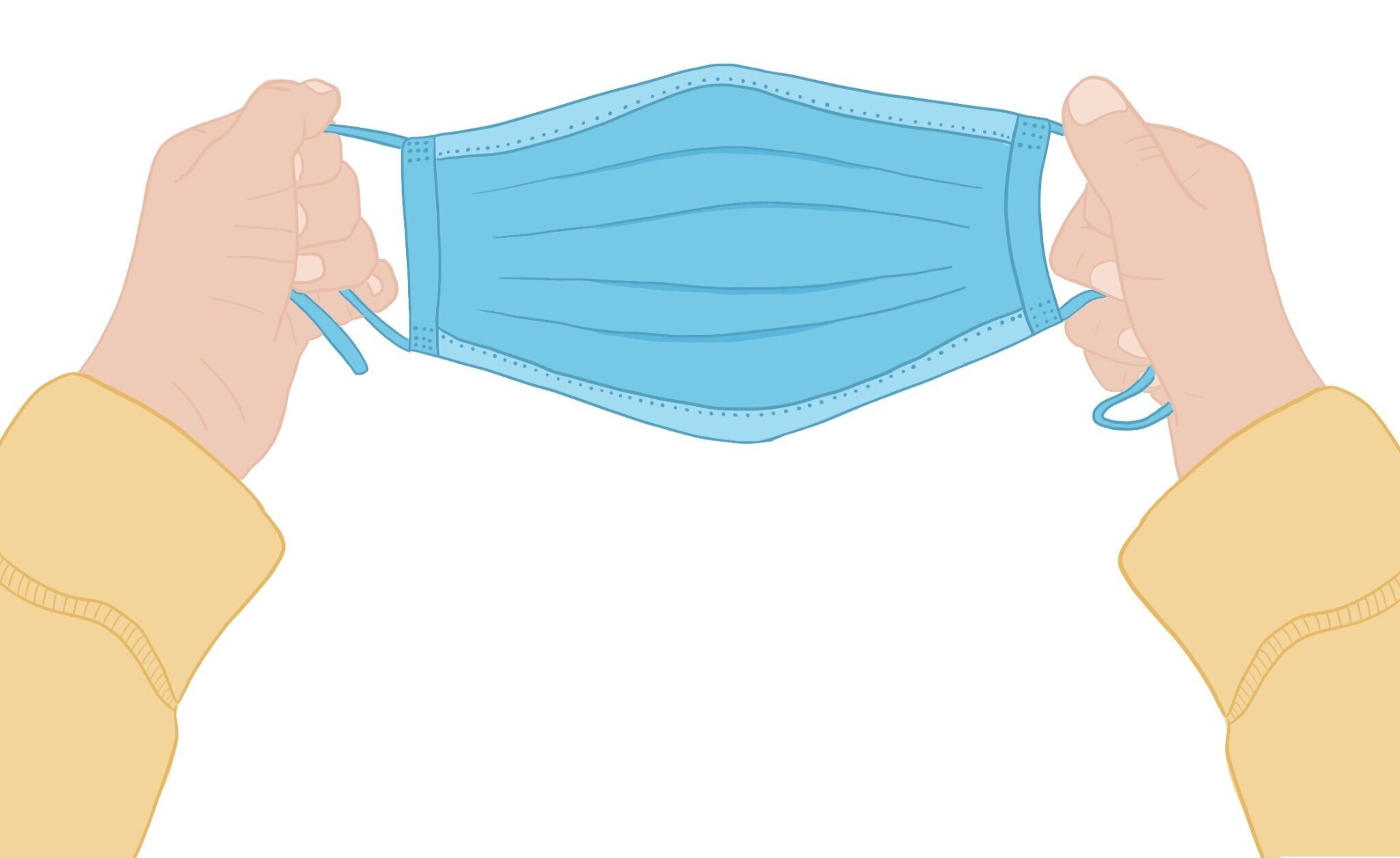The Importance of Wearing a Mask
Illustration by Carolyn Burt / The Corsair
On Friday, April 10, the Los Angeles County Department of Public Health announced that Los Angeles city government decided to extend their Safer at Home measures until May 15. With this adaptation, a new protocol was also put into place that members of the public are required to wear a face covering when entering an essential business.
Each time you leave your home, even if just to take a walk around your neighborhood, you should wear a mask, bandana, or some form of protective covering. This is not just for your own safety, but for the safety of others.
It’s important to note that wearing a mask isn’t as if you’ve obtained a force field in Super Smash Bros and are suddenly invincible. In order for the mask to be most effective, you still need to observe other enforced protocols such as staying six feet apart from others, washing your hands regularly, and staying inside whenever possible.
The main idea behind wearing masks is that it reduces others' exposure to you, and vice versa. Since the virus is believed to be spread primarily through liquid droplets that occur when someone coughs, sneezes or just has a conversation with another, wearing a mask is an extra layer in making sure your liquids don’t get passed along. It’s a way of looking out for your community.
While you yourself might not be showing any symptoms, there is a chance that you are asymptomatic. It’s believed that it can take up to 14 days from the original contact to start showing symptoms of COVID-19. That’s two weeks that you could unknowingly be passing it along to others. With that idea in mind, wearing a mask when you go outside really isn’t that big of a deal.
Yes, it might fog up your glasses, or the elastic around your ears might cause discomfort, but it is a small sacrifice to make, especially when healthcare workers are wearing their masks for hours on end, getting bruises from how tight they have them on, and fearing not only for their own safety, but that they are putting their loved ones at greater risk each time they return home.
Amazon has stopped selling N95 and surgical masks to the general public to make sure essential workers are getting the necessary protection. Many private businesses have started selling face masks, including Zazzle which has an option to upload your own design if you want yours to be a little more personal.
While there might be a delay in receiving the mask, owning one is a smart personal investment when looking at the months ahead. Even once Shelter in Place protocols begin to be lifted, and businesses begin to reopen, it is likely we will still be required to wear face coverings in public. You’ll be grateful for the $15 you invested in a sturdy mask, deciding you’d rather be safe than sorry.
Since receiving packages now takes longer than the Amazon Prime two day delivery many of us have grown accustomed to, a creative wave has sparked of individuals deciding to break out their sewing machines and make their own.
Illustration by Carolyn Burt / The Corsair
Companies such as Joann's Fabrics have gone as far as to put together kits for their customers, which has been speculated to be done not as an act of good will to help those in the medical field stay protected, but rather to justify keeping their doors open as they try to qualify as an essential business. Regardless of the motive behind it, they have uploaded pattern templates and YouTube tutorials for their customers to follow.
Materials needed in order to make a face mask (Carolyn Burt / The Corsair)
Being a bit of a crafter, I decided to put my skills to the test and make my own mask. Wanting to see how plausible a task this would be for the average Santa Monica College student, I decided that rather than use a sewing machine, to sew my own mask by hand.
The basic essentials needed are fabric, thread, and a needle. If you don’t own these items they can be easily obtained from a simple sewing kit. While the recommended material to use for a mask is cotton, you can substitute it with fabric you have lying around and can spare such as an old shirt, a pillow case, or even jeans. It’s also recommended to create a pouch for a replaceable filter such as a paper towel or coffee filter.
If you’ve never sewn before I would recommend heading to YouTube to find a tutorial on some beginners stitches.
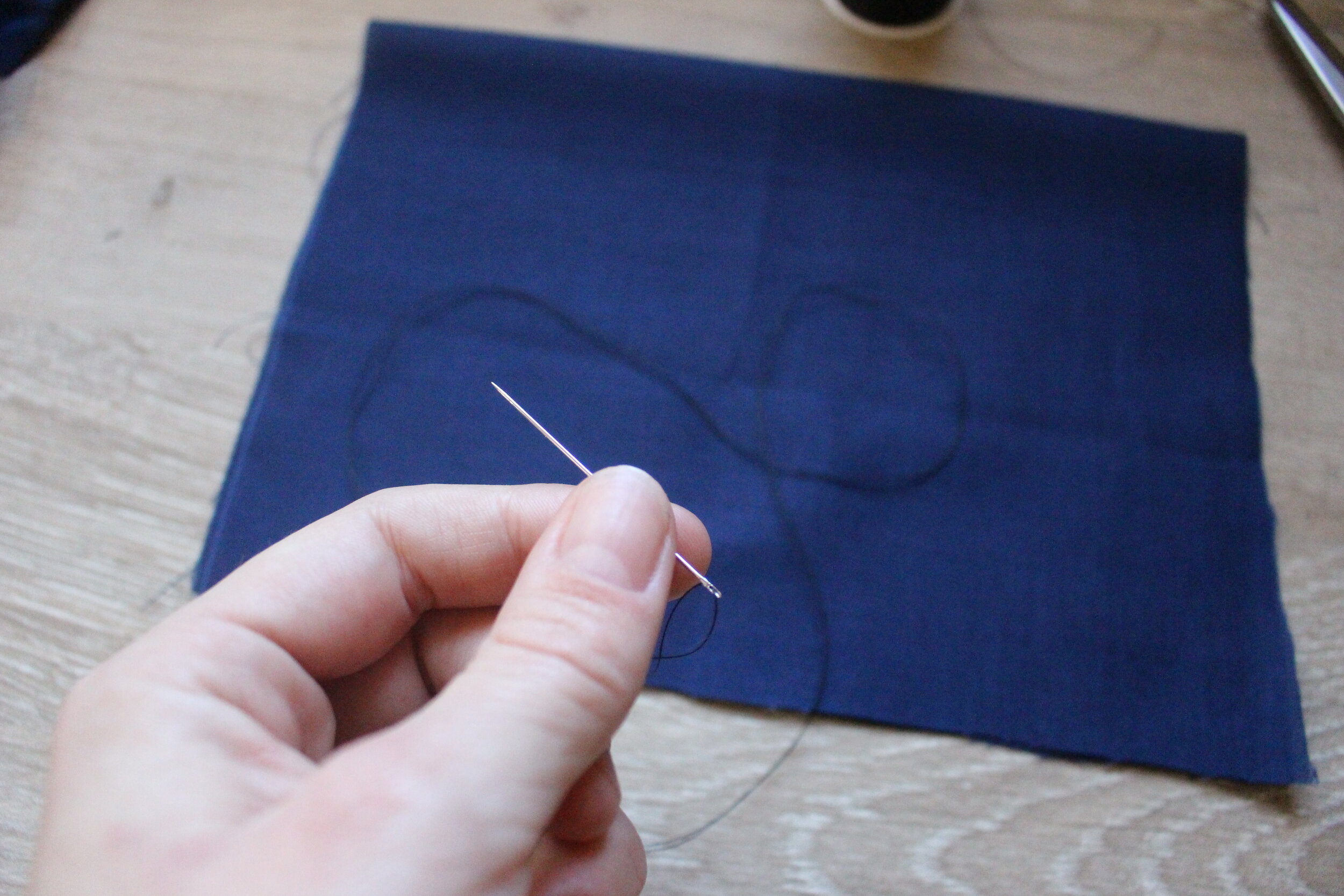
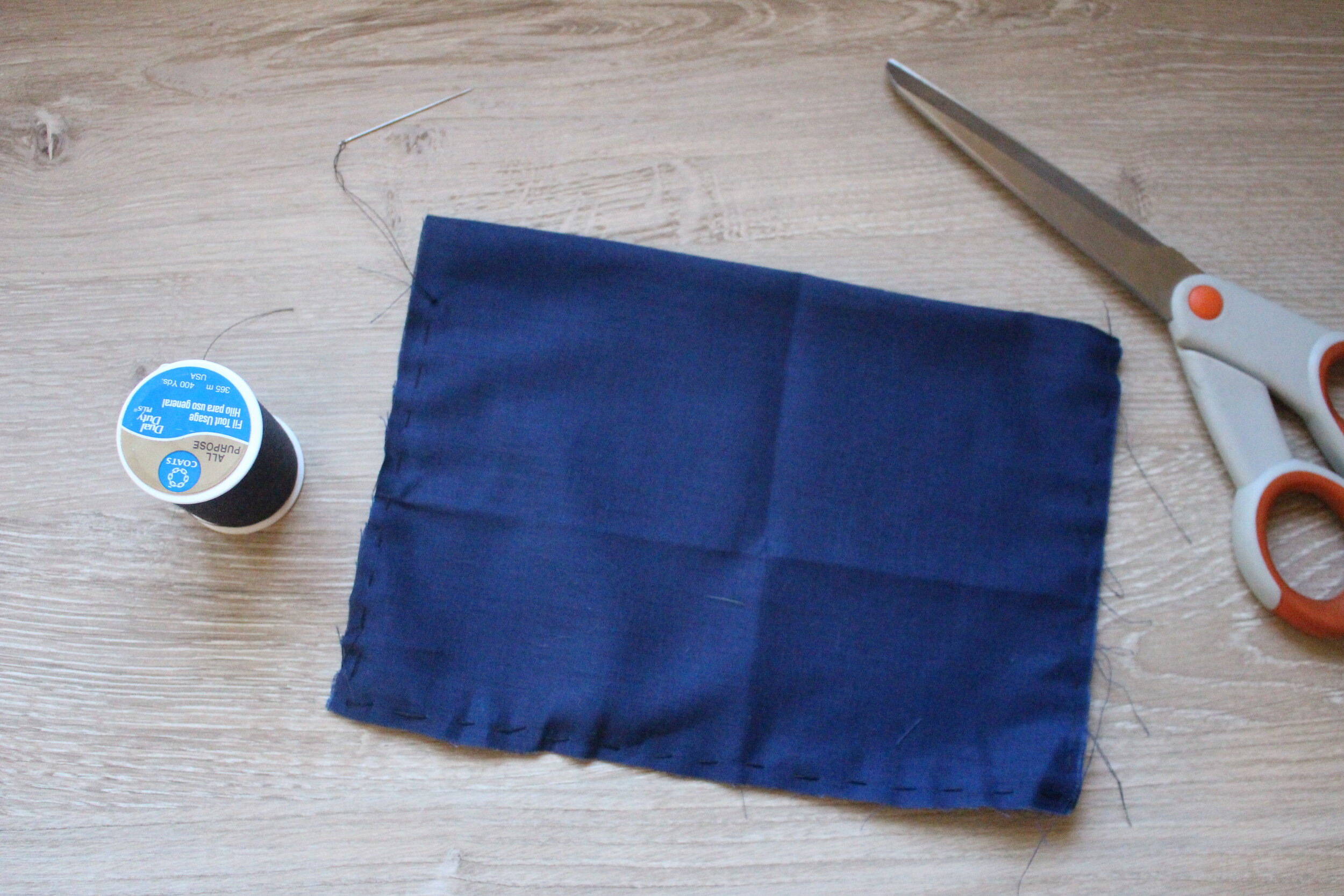
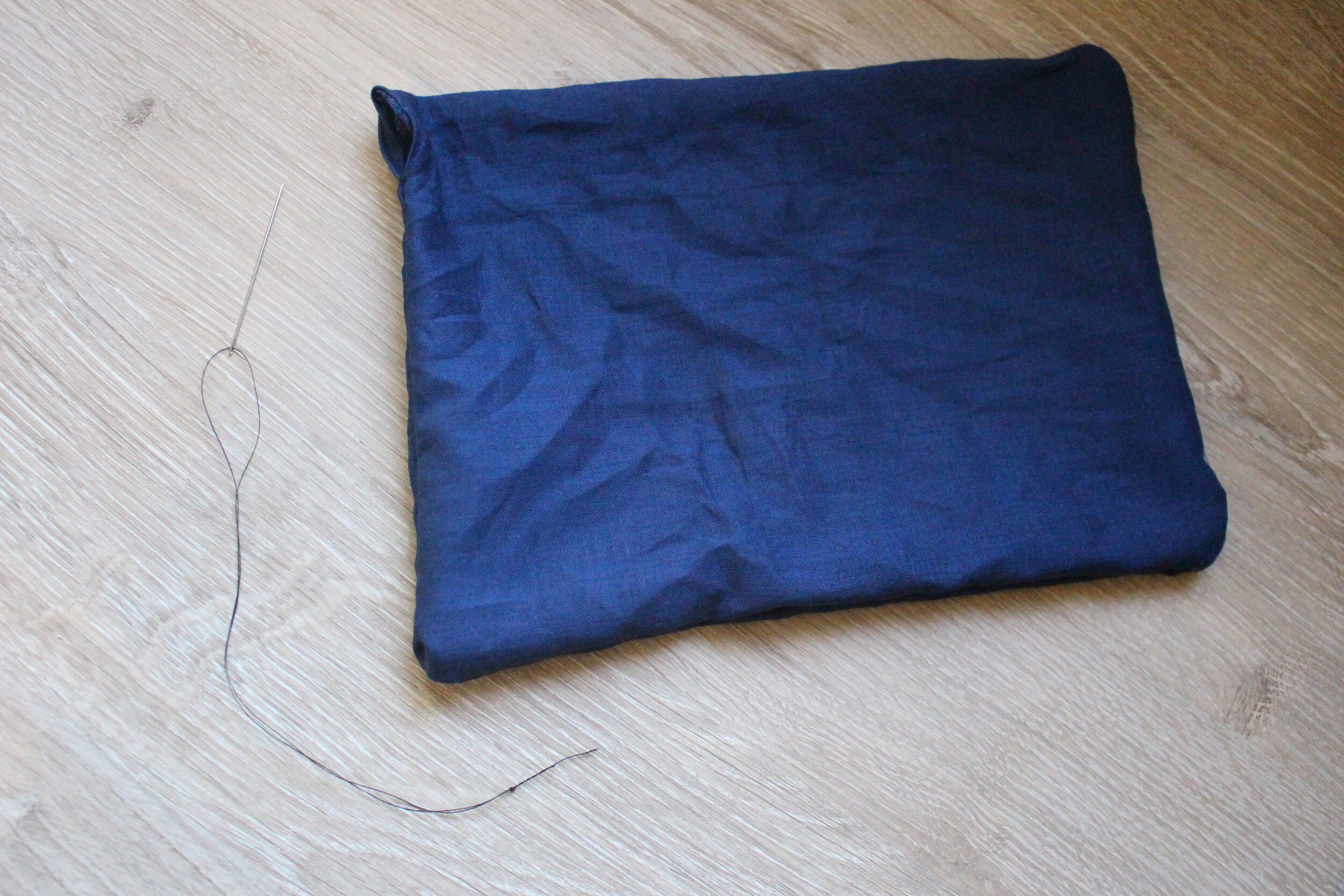
Following the guidance of my pattern, I folded my fabric in half and cut it out. I then used a running stitch about a quarter-of-an-inch into the edge of my fabric, leaving a tiny opening so I could pull the fabric through, hiding the stitches to make it look neater. Then I used a whip stitch to close the opening.
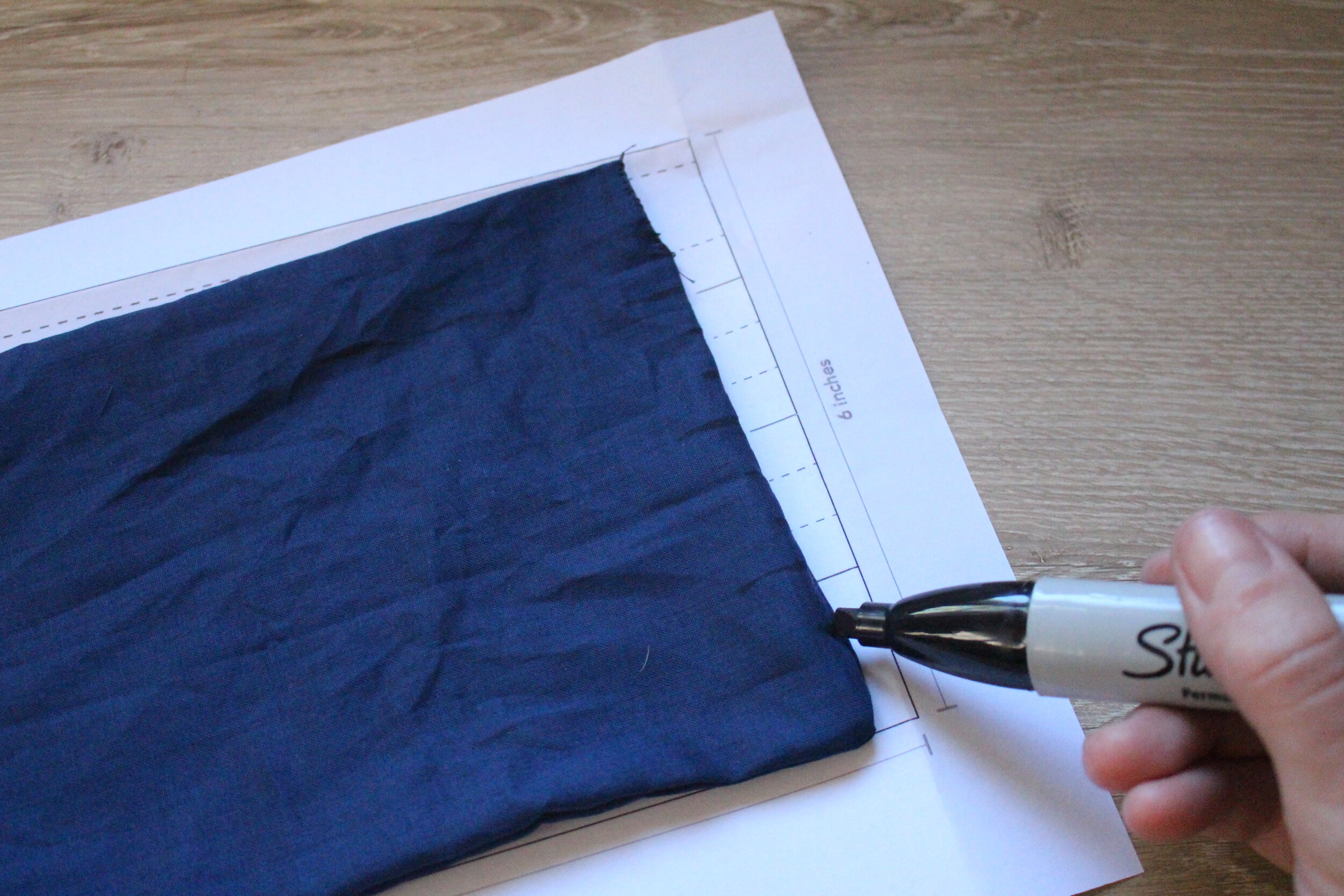
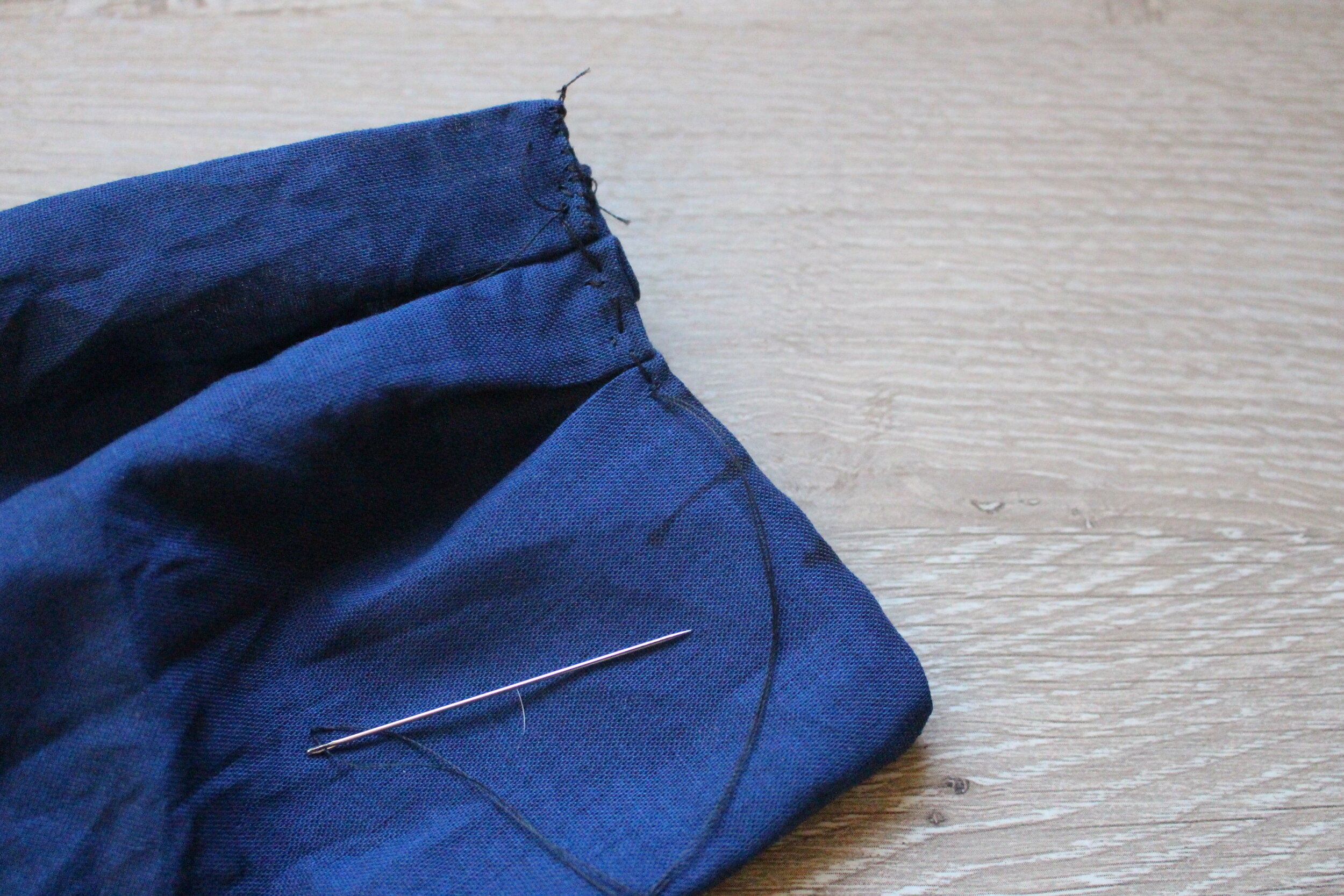
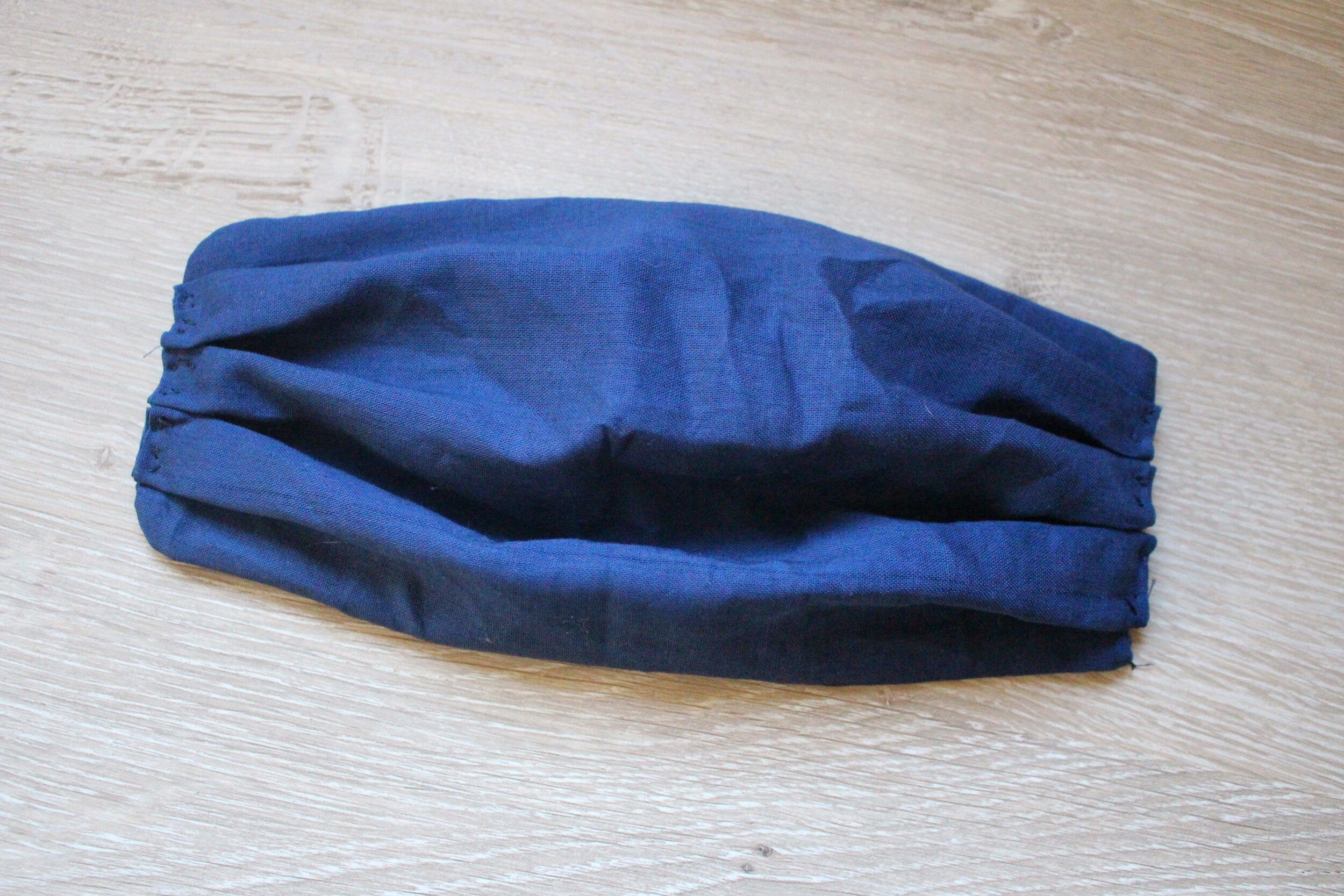
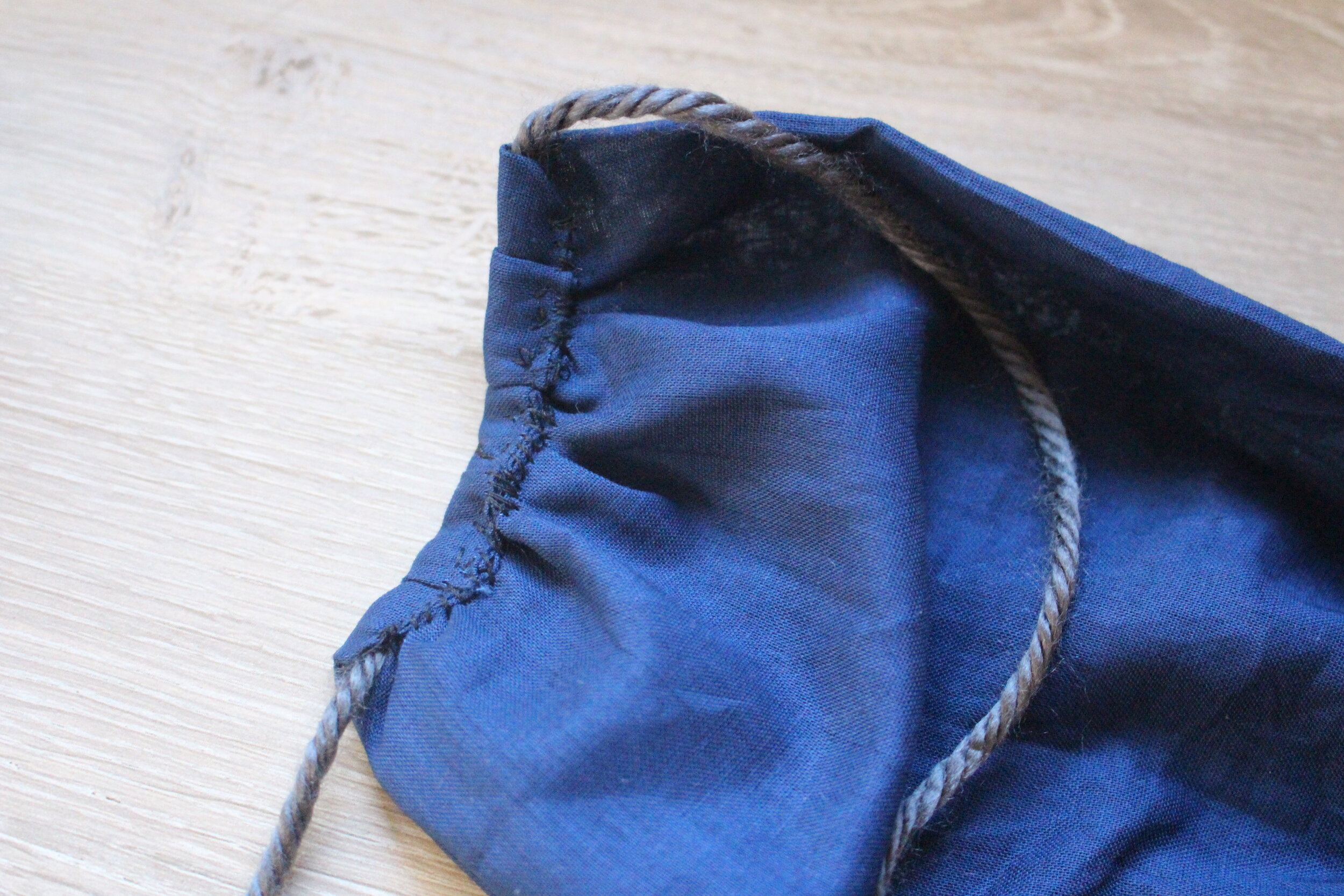
After this I went back to my pattern to mark the areas I wanted to fold the mask to give it that accordion effect similar to a surgical mask. Holding it in place, I stitched the layers together on each side.
Not owning elastic, I decided to improvise with yarn for the strap, cutting two pieces of equal length, and knotting them at each end so they wouldn’t fray. I secured each piece in place with a few stitches before folding over the outer layer of fabric on top of the yarn and stitching it on top.
The end result of the hand sewn mask. (Carolyn Burt / The Corsair)
The stitching might not be the most prestigious but overall I’m happy with how it turned out, plus the project gave me an outlet to feel both productive and creative.
If sewing isn’t for you, or you’re looking for a quick no sew option, the Center for Disease Control and Prevention (CDC) also recommends using a bandana or cutting one out from the bottom of a shirt.
Wearing a mask might not be the main preventative factor as to whether or not you contract COVID-19, but by taking this extra precaution we can reduce the spread and do our part to help flatten the curve.


